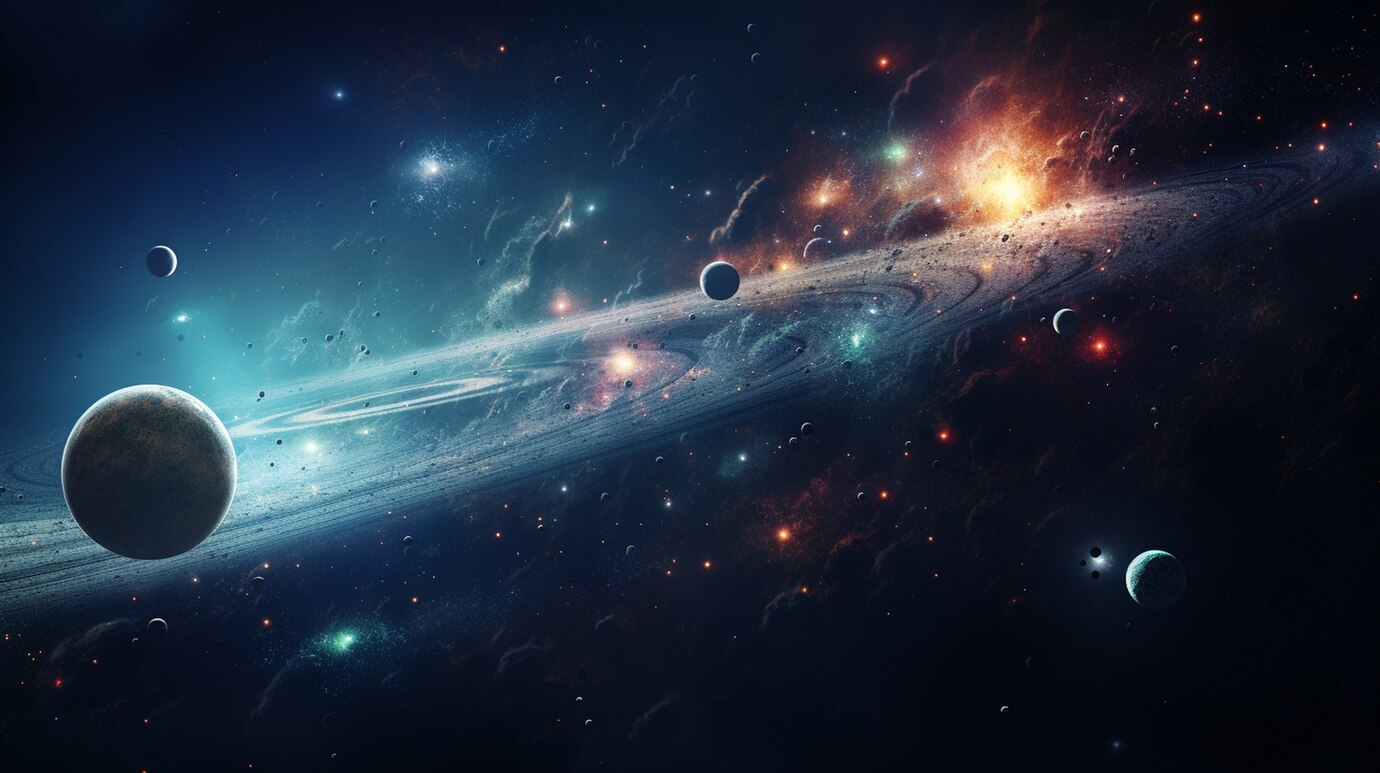Introduction
Interstellar space, the vast region between stars, is a frontier filled with wonder and mystery. It encompasses the space beyond the influence of any single star, where the density of matter is incredibly low. Despite its emptiness, interstellar space is rich with phenomena that intrigue scientists and stargazers alike. Understanding this expansive realm requires delving into its composition, the forces at play, and the methods by which we study it. This article will explore these aspects, revealing the beauty and complexity of the interstellar medium.
The Composition of Interstellar Space: More Than Just Empty Void
Contrary to popular belief, interstellar space is not empty. It contains a sparse mixture of gas, dust, and cosmic rays, along with magnetic fields. The gas, primarily hydrogen and helium, exists in various states—atomic, molecular, and ionized. Dust particles, though minuscule, play a significant role in the formation of new stars and planetary systems. These components interact with each other, creating a dynamic environment that can give birth to new celestial bodies. Understanding this composition is crucial for comprehending the life cycle of stars and the evolution of galaxies.
The Role of Magnetic Fields in Interstellar Space
Magnetic fields are a critical yet often overlooked aspect of interstellar space. They influence the movement of charged particles and the formation of structures within the interstellar medium. These fields can be detected through the polarization of starlight and the emission of radio waves. By studying these magnetic fields, scientists gain insights into the processes that govern the behavior of matter in space. These fields also play a role in protecting planetary systems from cosmic radiation, highlighting their importance in the broader context of astrophysics.
Methods of Exploring Interstellar Space
Exploring interstellar space involves a combination of observational astronomy and space missions. Telescopes equipped with advanced sensors can detect emissions from interstellar gas and dust, providing valuable data about their composition and distribution. Space missions, such as the Voyager probes, have ventured beyond the influence of our Sun, sending back critical information about the interstellar medium. These explorations not only expand our knowledge of space but also pave the way for future interstellar travel, pushing the boundaries of human exploration.
Conclusion
Interstellar space funeral is the next great frontier for human exploration and scientific discovery. Its vastness and the phenomena within it offer endless opportunities for research and understanding. As technology advances, our ability to explore and comprehend this enigmatic realm will continue to grow, unveiling secrets that have eluded humanity for centuries. By studying interstellar space, we not only expand our knowledge of the universe but also gain insights into the fundamental processes that govern all cosmic structures, reaffirming our place in the cosmos.




